Grow 15 Herbs for Fragrance
Juliette Rogers
CONTENTS
Introduction
For many people, the garden is something of a factory a place to produce food and seasonings, not spend an afternoon of leisure. This book is not for them. This book is for gardeners who want their gardens to be extensions of the home, fragrant refuges from the workday world where they can put up their feet and breathe the scented air. Even the toil of planting and weeding will have its own rewards, for each plant will send forth its perfume in greeting as you brush past.
The best fringe benefit of growing a scented garden is that its fragrances can linger on even while the plants lie buried in snow. Most of the plants in this book make good potpourri ingredients, for their colors, scents, and attributes persist even when they are dried.

A garden is a place that both you and smaller creatures can enjoy.
Planning a Garden
The majority of plants addressed in this bulletin are sun lovers, so an important consideration in choosing a spot for your garden will be sun exposure. On the other hand, a few herbs, like woodruff, need shade, and you may decide to plant them separately from the rest of the garden. Another caveat for most herbs is that the soil must be well drained. This means that it has a decent amount of aeration, which prevents roots being soaked and then rotting.
Prepare the garden plot by marking it off with posts and string, digging up the sod, and setting the site apart from its surroundings with an inert border, such as split logs or a line of field stones. Bolster the soil with organic matter by mixing in a good amount of rotted manure and compost, aiming for a pH that is slightly acidic. Then rake the soil even.
Designing a Scented Pathway
Paths made from stepping-stones provide a home for low-growing bedding herbs, like Corsican mint and wild thyme. Simply set the stones at least 2 inches (5 cm) apart and plant your bedding herbs between them; the plants will eventually spread and form a gentle cushion that releases its fragrance every time it is trod upon.
Choosing the Right Plants
After youve read through the herb descriptions, you will have an idea of which plants you want to grow, and of their individual needs and preferences. A key point to consider is your climate in relation to the hardiness of the plants. For example, some plants, such as bay, lavender, lemon verbena, and rosemary, are perennials only in mild climates. If your garden endures 4-month winters and below-freezing temperatures, these plants will have to be either grown as annuals or grown in containers and brought inside for the winter.
Before planting, diagram your garden arrangement, making optimal use of variations in shade and moisture to suit each plant. Take into account the full-grown height of each plant so that a lovely small gem wont end up overshadowed by a towering bully. Ask yourself where each plant would choose to grow if it had a choice. If youre planting roses, should you install a trellis for them to climb? Can woodruff be hidden between tall plants to give it shade? Remember to leave enough space for each plant to grow into; the delicate seedling of spring may be a shrub come August.
Most herbs started from seed in early spring will be ready for planting by late spring. If you plan to propagate by cuttings or divisions of preexisting plants, consult the entry for each herb to determine the best time to do this.
Transplant herbs and flowers into the garden when all risk of frost has passed. Water every plant well after planting to make up for all the excitement the roots have endured in the move.
Hardening Off
Before you transplant indoor-raised seedlings to the great outdoors, they need to be hardened off. Choose a mild day and place your seedlings in an outdoor location that is somewhat protected from the wind. If you have trouble finding such a spot, you can place the seedlings inside a cardboard box. Tape the top of the box open so that it will block gusts of wind but still allow some direct sunlight to reach the plants. Bring the plants in at night. After 3 or 4 days of this treatment, move the seedlings to a more exposed position where breezes, sun, and rain can reach them. Continue bringing them in at night until all chance of a frost has passed.
Indoor Container Gardens
Sadly, not everyone who would like an herb garden has the yard space for it but this is not a crisis! A sunny windowsill can produce a garden just as fragrant, albeit a little smaller. Give your plants roomy pots, monitor the moisture of their soil carefully, and prune the tips of shoots to encourage them to grow bushy instead of leggy.
Which plants do well in containers? First, check in with your local nursery for suggestions. Of the plants discussed in this bulletin, the following are particularly well suited for life indoors:
 Bay
Bay
 Corsican mint
Corsican mint
 Lavender
Lavender
 Lemon thyme
Lemon thyme
 Sage
Sage
 Spearmint
Spearmint
Harvesting, Drying, and Preserving
Most herbs and flowers dry best (that is, most aromatically) when they are harvested just before blooming. Unless otherwise specified, harvest leafy herbs by cutting a full stem of leaves, and harvest flowers by snipping them off the stem at the base of the flower.
Herbs that grow on long stems are often tied in bundles and hung to dry. If you have little space, this may be the best option, though it does slow down the process because the bound stems dont receive much air circulation. The best way to dry is to spread the stems or flowers out in a single layer on a screen. Place the screen someplace out of the sun, protected from gusts of wind, well ventilated, and unlikely to gather dust or cooking smells. Let the herbs dry, occasionally stirring thicker crops, like mint leaves, until they are brittle.
For easier storage, remove leaves from stems by holding the stem in one hand over a piece of paper. Run your other hand along the stem, from bottom to top. Fold the paper into a cone and funnel the dried herbs into a jar for storage.
Store dried herbs and flowers in airtight, glass containers to prevent the essential oils that produce their scent from evaporating. Keep the herbs in a cool place away from direct sunlight, which fades color and speeds up oil degradation. Use the herbs as soon as you find a project worthy of your toils, for even dried herbs dont last forever.

To dry herbs and flowers, hang them upside down from a rack or spread them out on screens in a warm, dry, well-ventilated location.
Fragrant Herbs: The 15 Best
The fifteeen herbs described in this bulletin are among what I consider to be the most fragrant and beautiful garden plants. While some, such as lavender and rose, are popular in most flower gardens, others, such as woodruff, may be a new, delightful discovery. The colors, foliage, heights, and divine fragrances of these plants blend well to present a rich array for any garden.








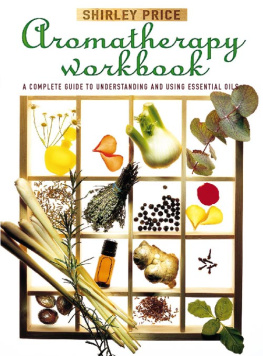
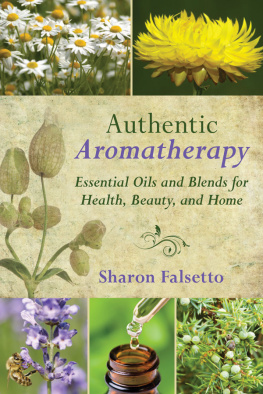
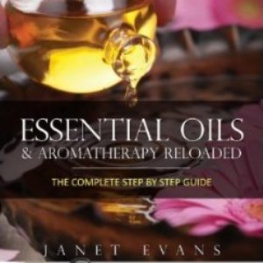
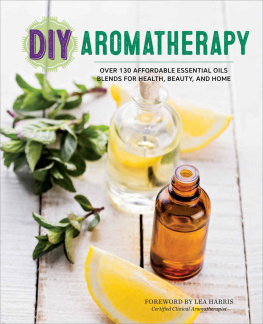



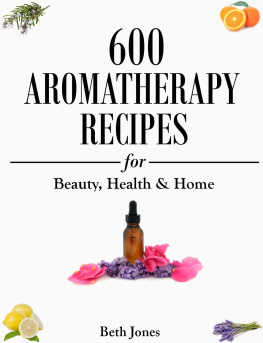

 Bay
Bay